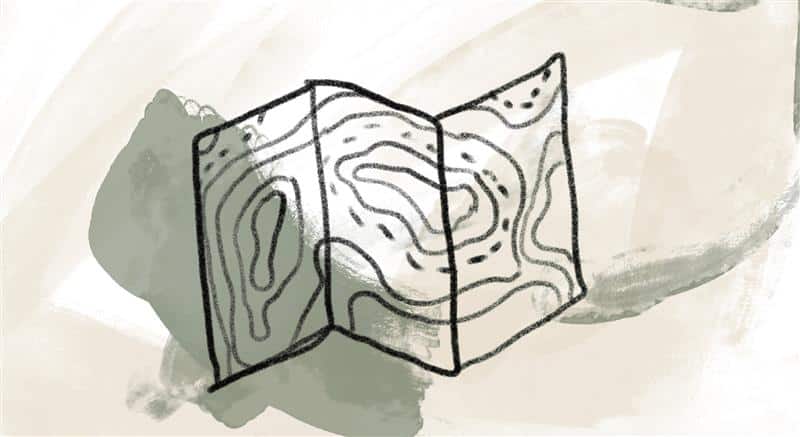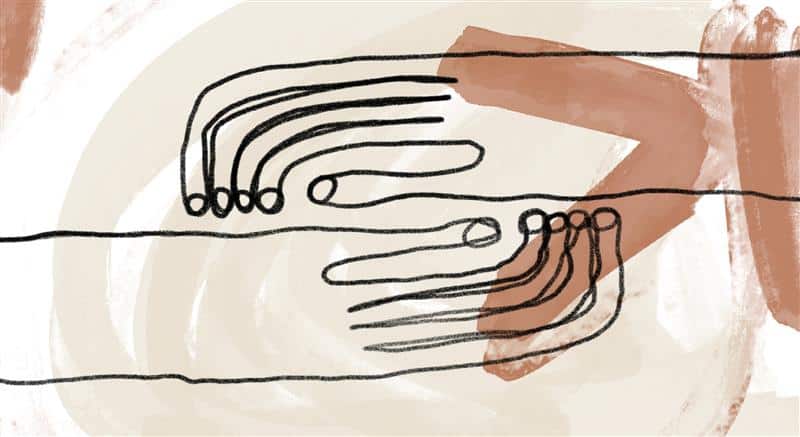
Richard Rohr describes the transformative power of an incarnational worldview:
I have concluded that there are four basic worldviews, though they might be expressed in many ways and are not necessarily separate.
Those who hold a material worldview believe that the outer, visible universe is the ultimate and “real” world. People of this worldview have given us science, engineering, medicine, and much of what we now call “civilization.” A material worldview tends to create highly consumer-oriented and competitive cultures, which are often preoccupied with scarcity, since material goods are always limited.
A spiritual worldview characterizes many forms of religion and some idealistic philosophies that recognize the primacy and finality of spirit, consciousness, the invisible world behind all manifestations. This worldview is partially good too, because it maintains the reality of the spiritual world, which many materialists deny. But the spiritual worldview, taken to extremes, has little concern for the earth, the neighbor, or justice, because it considers this world largely as an illusion.
Those holding what I call a priestly worldview are generally sophisticated, trained, and experienced people that feel their job is to help us put matter and Spirit together. The downside is that this view assumes that the two worlds are actually separate and need someone to bind them together again.
In contrast to these three is an incarnational worldview, in which matter and Spirit are understood to have never been separate. Matter and Spirit reveal and manifest each other. This view relies more on awakening than joining, more on seeing than obeying, more on growth in consciousness and love than on clergy, experts, morality, scriptures, or prescribed rituals.
In Christian history, we see an incarnational worldview most strongly in the early Eastern Fathers, Celtic spirituality, many mystics who combined prayer with intense social involvement, Franciscanism in general, many nature mystics, and contemporary eco-spirituality. Overall, a materialistic worldview is held in the technocratic world and areas its adherents colonize; a spiritual worldview is held by the whole spectrum of heady and esoteric people; and a priestly worldview is found in almost all of organized religion.
An incarnational worldview grounds Christian holiness in objective and ontological reality instead of just moral behavior. This is its big benefit. Yet, this is the important leap that so many people have not yet made. Those who have can feel as holy in a hospital bed or a tavern as in a chapel. They can see Christ in the disfigured and broken as much as in the so-called perfect or attractive. They can love and forgive themselves and all imperfect things, because all carry the Imago Dei equally, even if not perfectly. Incarnational Christ Consciousness will normally move toward direct social, practical, and immediate implications. It is never an abstraction or a theory. It is not a mere pleasing ideology. If it is truly incarnational Christianity, then it is always “hands-on” religion and not solely esotericism, belief systems, or priestly mediation.
Reference:
Adapted from Richard Rohr, The Universal Christ: How a Forgotten Reality Can Change Everything We See, Hope for, and Believe (New York: Convergent, 2019, 2021), 241, 242–244.
Image credit: A path from one week to the next—Madison Frambes, Untitled 7, 5 and 8 (detail), 2023, naturally dyed paper and ink, Mexico, used with permission. Click here to enlarge image.
Together we are the incarnate hands and feet and body of God.
Story from Our Community:
I recently had an experience stargazing that filled me with awe. As I first watching the night sky unfold, I didn’t find the darkness very comforting. But then I felt a sensation of welcoming the darkness in and letting it surround me. Soon, I found a canopy of light formed twinkling above me, and I felt myself falling up into the sky, letting the arms of the sky wrap around me! I realized that God created the world above me. I was in awe of God’s glory, wonder, and light. For God so loved the world he gave the sun (son!), moon and stars at night. —Joni S.




